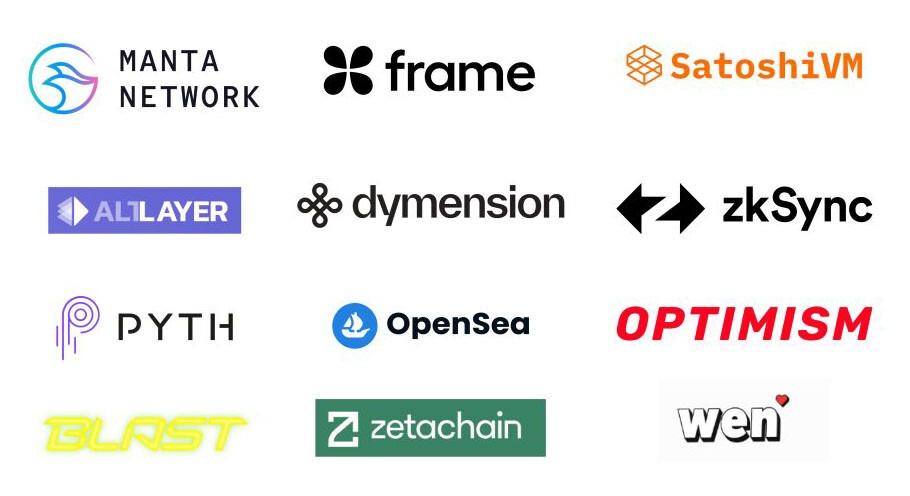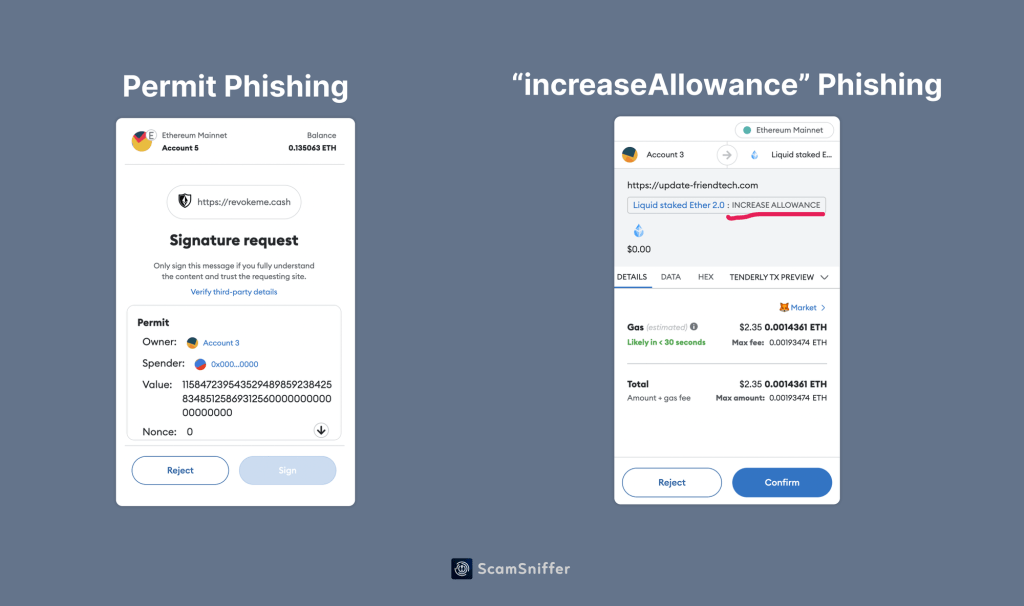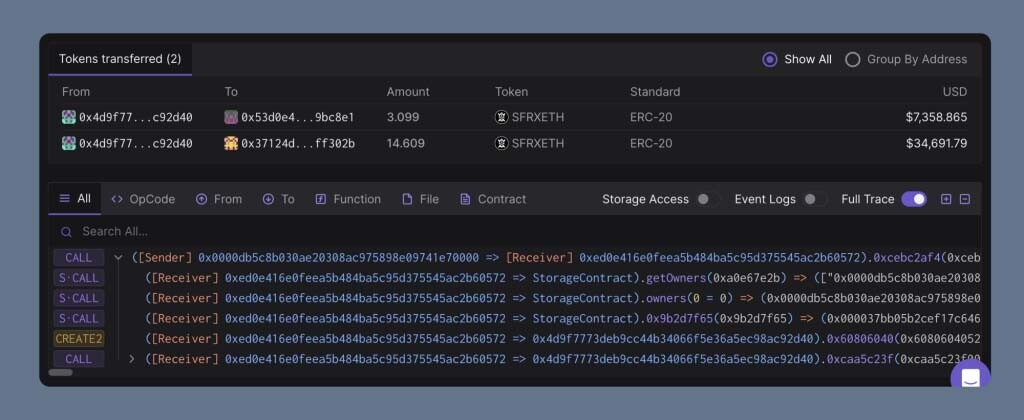- Unmasking the $55 Million Crypto Heist: Scamsniffer explores the phishing epidemic, theft patterns, and protective measures.
- Crypto Scams Unleashed: Breaking down the $55 million attack and offering security lessons.
- Phishing Websites and Stolen Millions: Unveiling tactics behind January’s crypto thefts and prevention strategies.
In the digital age, the proliferation of cryptocurrency has ushered in a new era of financial freedom and innovation. However, this advancement has also attracted malicious actors seeking to exploit the burgeoning ecosystem. January witnessed a staggering $55 million pilfered from unsuspecting victims across various Ethereum Virtual Machine (EVM) chains, including Ethereum, Arbitrum, BNB, Optimism, Polygon, and Avalanche. The breadth of these attacks underscores the sophisticated methods employed by scammers, targeting around 40,000 individuals. The magnitude of loss is further highlighted by the top seven victims, who collectively suffered $17 million in losses, painting a grim picture of the rampant theft plaguing the crypto space.

Phishing Epidemic: A Closer Look
The digital underworld saw the creation of approximately 11,000 phishing websites in January alone, a testament to the scale and audacity of cybercriminals. Among these, eight active Wallet Drainers stood out, meticulously crafted to impersonate reputable projects such as Manta Network, Frame, SatoshiVM, AltLayer, Dymension, zkSync, Pyth, Opensea, Optimism, and Blast. These websites acted as digital chameleons, deceiving users into compromising their assets through highly convincing facades.

The Predominant Theft Vectors
Theft patterns observed during this period reveal a disturbing trend of peaks, often coinciding with airdrops or the launch of popular projects. This timing is no coincidence; scammers exploit the heightened interest and reduced vigilance of users eagerly participating in these events. A breakdown by chain indicates that Ethereum’s mainnet was the prime target, followed by Arbitrum, BNB, Optimism, and Polygon, reflecting the popularity and liquidity present in these networks.
The most affected individuals, comprising the top 7 victims, incurred a collective loss of $17 million.
| Victim Address | Amount Stolen | Phishing Techniques |
|---|---|---|
| 0x1749ad951fb612b42dc105944da86c362a783487 | $4.70 million | ERC20 Permit, Create2 |
| 0x0c008e6479a83be6a6c49d95c2029a6064136688 | $2.66 million | ERC20 Permit, Create2 |
| 0xc9f304efe0acc225408797d58a53dfd6a29cd83c | $2.34 million | increaseAllowance, Create2 |
| 0xd9b7f9a448c9b7b183249990866f2891b688b48f | $2.47 million | increaseAllowance, Create2 |
| 0x1f38e548263e7d9376c62f990d8ff15e7fee2f95 | $2.26 million | increaseAllowance |
| 0x4a8b9e2c2940fdd39aceb384654dc59acb58c337 | $1.40 million | Swap, ERC20 Permit, Create2 |
| 0xf8ebfacb4768b4152dd38416c1ea5fd143f5f807 | $1.28 million | increaseAllowance, ERC20 Permit, Create2 |
Phishing Signatures and Techniques Unveiled

A common denominator among the scams was the exploitation of ERC20 Permit and increaseAllowance functions, which facilitated the unauthorized signing of transactions.

This method, coupled with the CREATE2 opcode allowing for the generation of ephemeral addresses, became a favored tool in the scammer’s arsenal. The implications of these techniques are profound, offering a veil of legitimacy to fraudulent activities and complicating the tracking of stolen funds.
| Victim Address | Amount Stolen | Assets | Asset types |
|---|---|---|---|
| 0x1749ad951fb612b42dc105944da86c362a783487 | $4.70 M | aEthWETH, aEthUNI | Collateral Token |
| 0x0c008e6479a83be6a6c49d95c2029a6064136688 | $2.66 M | aEthWETH, SAVM | Collateral Token, ERC20 |
| 0x4a8b9e2c2940fdd39aceb384654dc59acb58c337 | $1.40 M | aEthLink, LINK, OP | Collateral Token, ERC20 |
The Human Element: Social Engineering Tactics
A notable observation is the role of social engineering, particularly through impersonated Twitter accounts. Scammers leveraged these platforms to disseminate phishing links within comments, capitalizing on the trust and eagerness of the crypto community. This strategy underscores the critical need for heightened skepticism and vigilance in digital interactions.
The Top Victims: A Case Study
An examination of the top victims reveals a pattern of targeted attacks leveraging the aforementioned phishing signatures. The stolen amounts range from $1.28 million to $4.70 million, with the assets involved including both LP Tokens / Collateral tokens / NFTs. This diversity in stolen assets demonstrates the indiscriminate nature of wallet drainers, capable of siphoning a wide array of tokens with a single compromised signature.
Key Takeaways and Protective Measures
The alarming surge in crypto scams in January serves as a stark reminder of the perpetual arms race between cybersecurity measures and scammer ingenuity. For individuals and organizations within the crypto space, the importance of diligent security practices cannot be overstated. This includes skepticism towards unsolicited offers, verifying the authenticity of projects and websites, and employing hardware wallets for enhanced security.
Furthermore, the crypto community must advocate for and adopt enhanced security protocols and educational initiatives to safeguard against such pervasive threats. Only through collective vigilance and continuous innovation can the integrity and promise of the cryptocurrency ecosystem be preserved against the ever-evolving landscape of digital theft.
Conclusion
In conclusion, the events of January underscore an urgent need for heightened security awareness and proactive measures within the cryptocurrency community. As the digital frontier expands, so too does the complexity and frequency of cyber threats, mandating a robust and informed response to protect the assets and trust that form the foundation of the crypto world.
Disclaimer
The information provided in this article is for informational purposes only and should not be considered financial advice. The article does not offer sufficient information to make investment decisions, nor does it constitute an offer, recommendation, or solicitation to buy or sell any financial instrument. The content is opinion of the author and does not reflect any view or suggestion or any kind of advise from CryptoNewsBytes.com. The author declares he does not hold any of the above mentioned tokens or received any incentive from any company.
images sources





